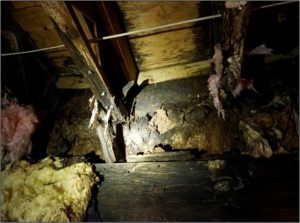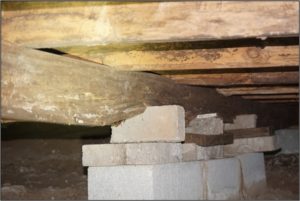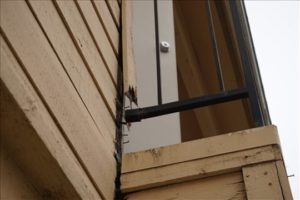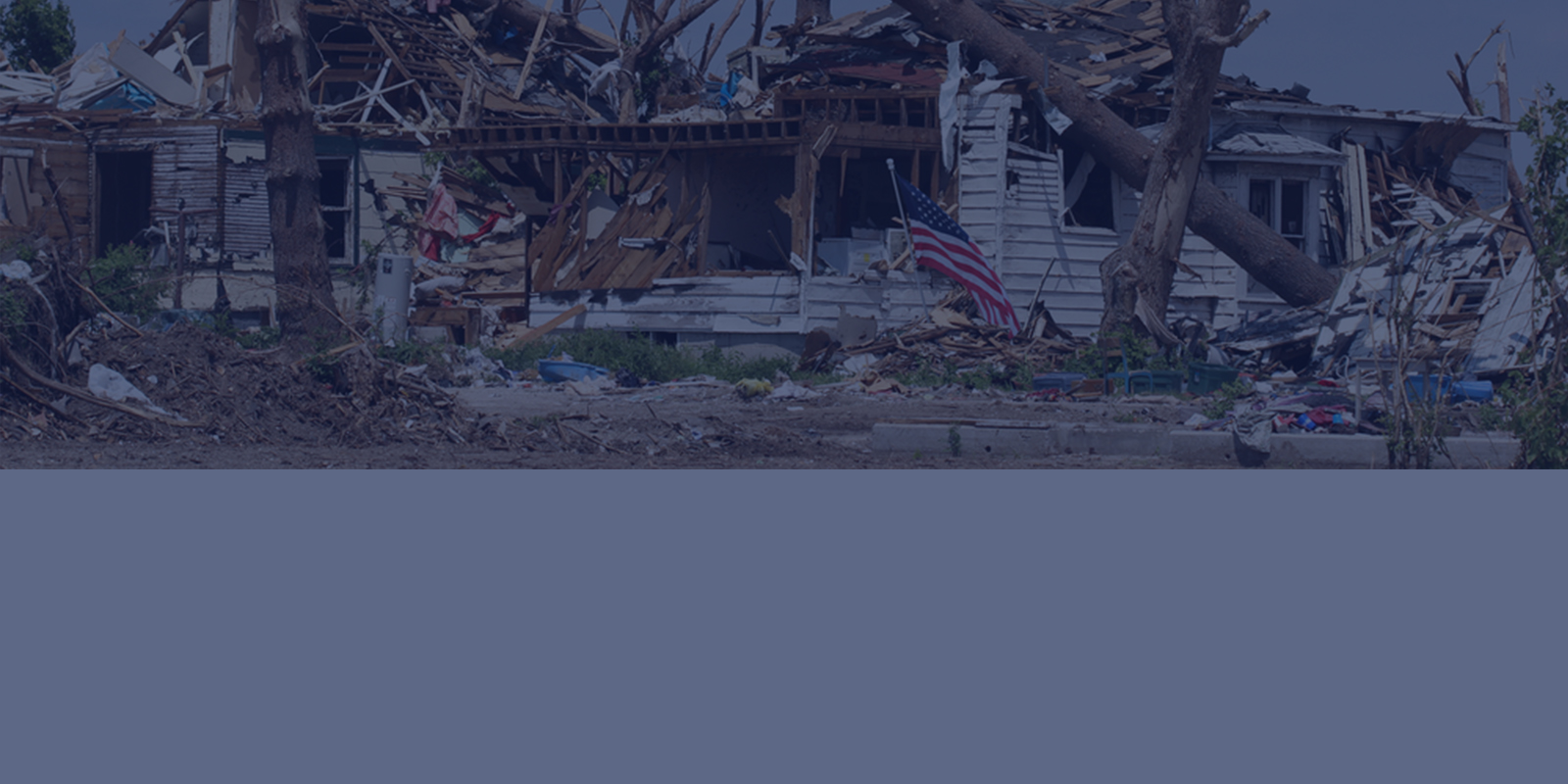Wood is one of the most common building materials, often used for structural framing and wall sheathing. Because wood is a natural, organic material, it is susceptible to deterioration when exposed to wood-degrading organisms, which include fungi, bacteria, and some insects (such as termites). Wood decay, commonly referred to as “wood rot,” occurs when the environment within the wood becomes and remains hospitable for fungi that feed on the wood’s cellular material. Elevated moisture levels (above approximately 20% moisture content) are required for decay to occur, with significant biodeterioration occurring when the moisture content of the wood is above its fiber saturation point.
Decay can significantly affect the physical properties of wood, which can, in-turn, become an important concern for wood that is expected to provide structural support. Wood that decays to the point of being structurally compromised can pose maintenance problems and necessitate expensive and intrusive repairs. Often, wood decay occurs hidden from plain view, such as with wall or floor framing covered by finishes (Figure 1) or wood floor framing within a crawlspace (Figure 2). The decay may thus progress undetected for a significant period of time.

Figure 1. Severe deterioration of wood floor framing

Figure 2. Severely deteriorated beam within a crawl space
In some instances, wood compromised by decay can result in hazardous conditions. Examples include rotten joists or floor beams, or severely deteriorated balcony rail posts or attachments (Figure 3). Depending on the specific conditions, a sudden failure due to an imposed occupant load can be very dangerous.

Figure 3. Balcony rail attachment compromised by wood rot
The timely identification and repair of wood decay is of paramount importance in avoiding potentially dangerous conditions and costly repairs. Often, the moisture sources conducive to wood decay can also lead to other unwanted conditions, such as mold growth.
Nelson’s team of professionals have the necessary expertise to quickly identify wood decay and determine not only its cause and severity, but also provide appropriate repair recommendations to mitigate the resulting damage.

